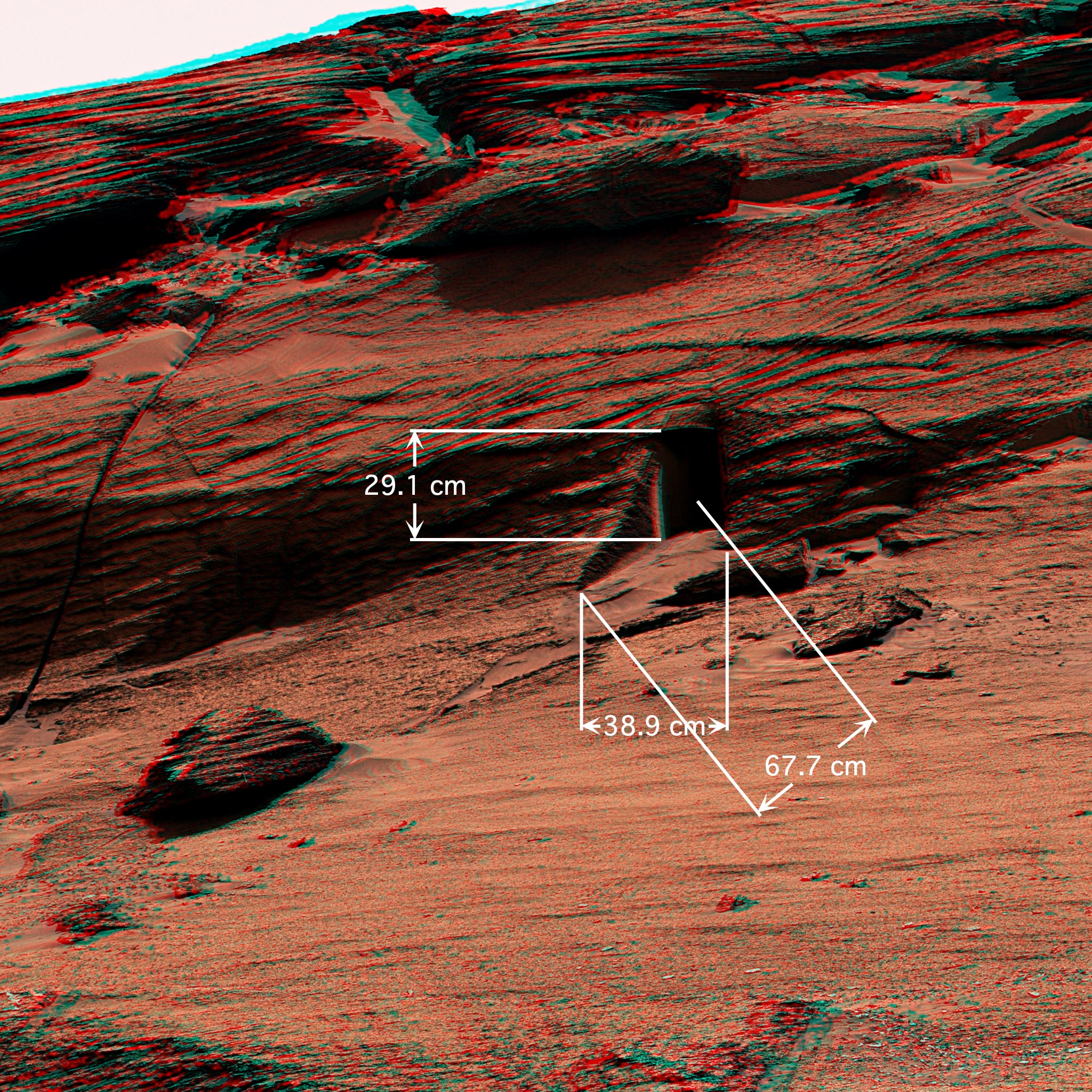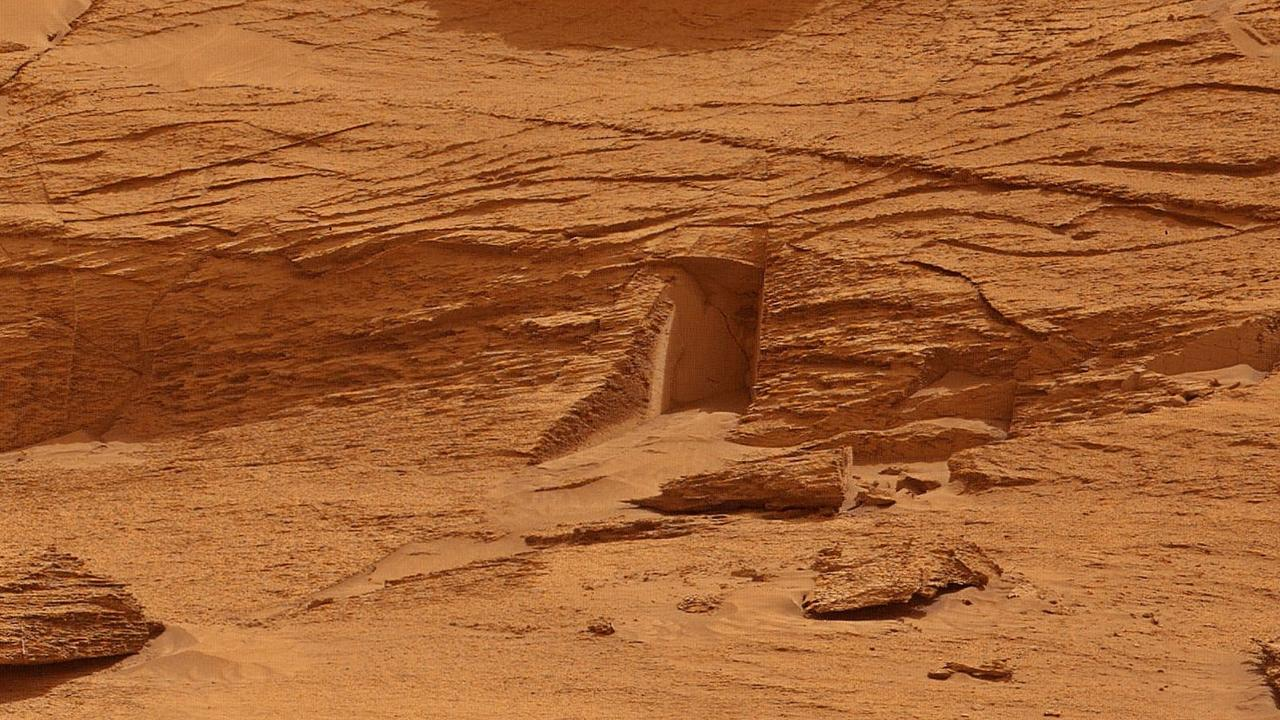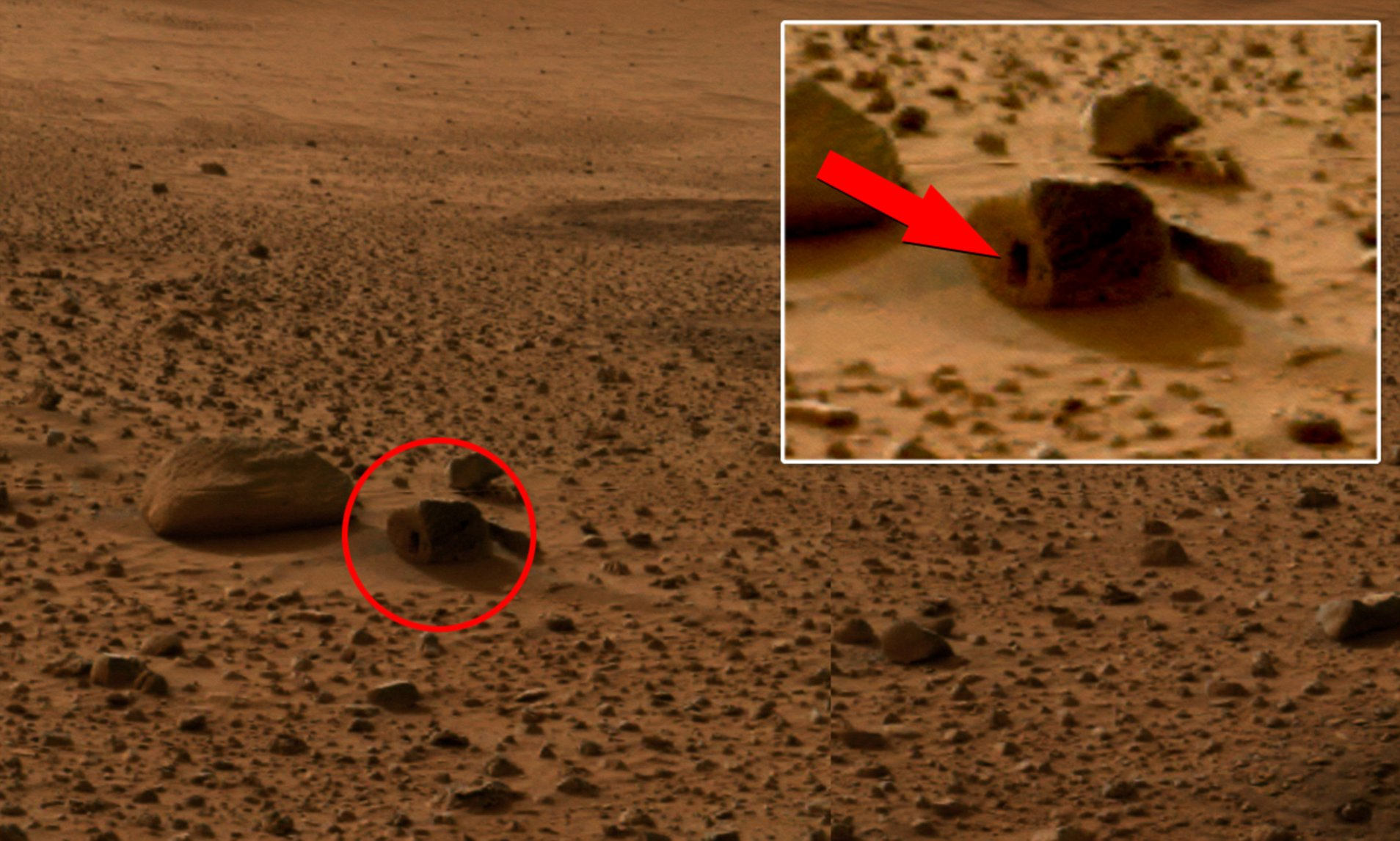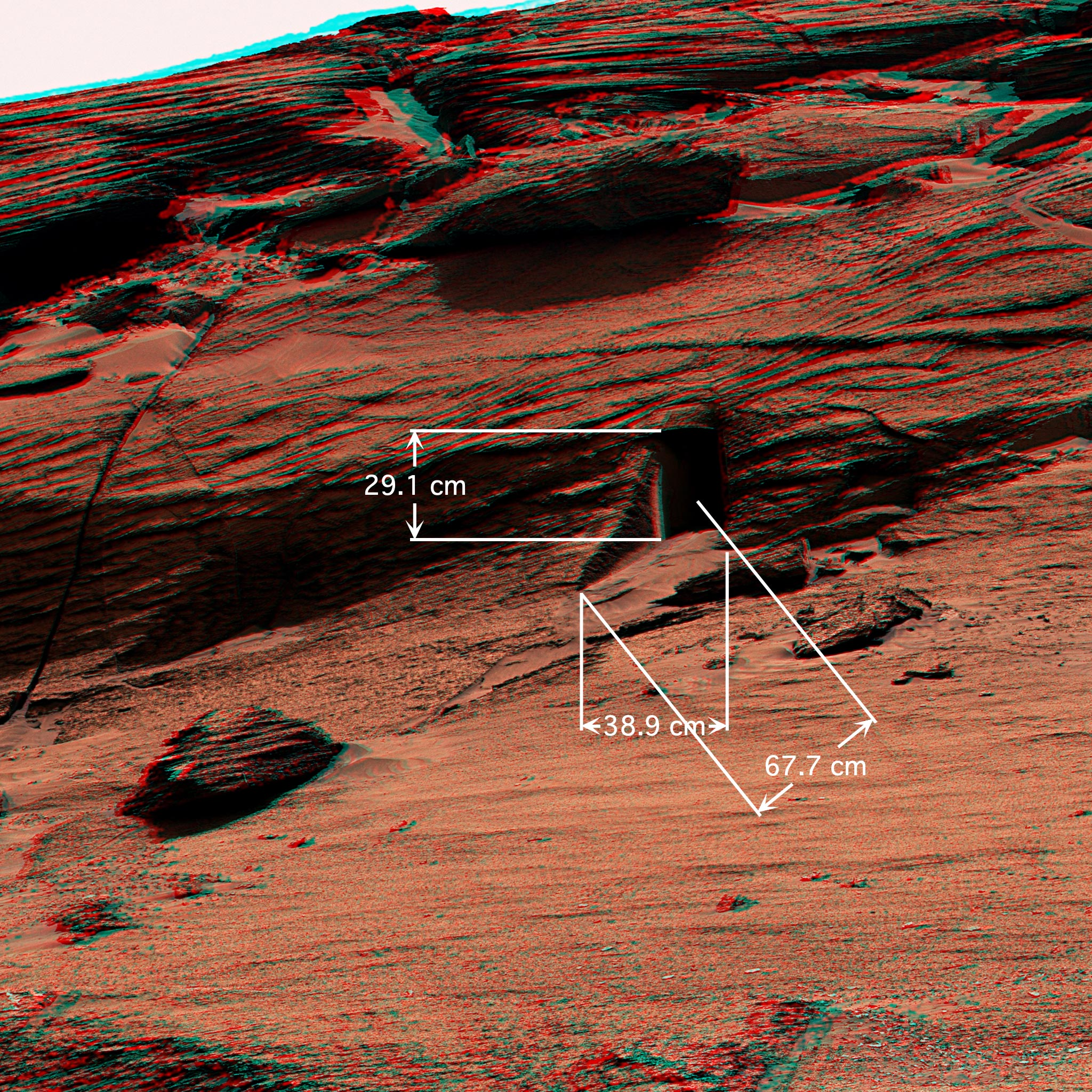The red planet has long fascinated humanity with its mysterious landscape and the potential for discovering the unknown. Recently, NASA’s Curiosity Rover captured an intriguing image that has sparked excitement and speculation across the globe—a structure resembling a ‘door’ leading into what appears to be a cave on Mars. This discovery has opened up a world of possibilities, raising questions about the nature of this formation, its origins, and what it could mean for future exploration of the planet. Could this be a natural geological formation, or is there something more extraordinary at play?

### The Discovery: A Doorway to Mystery
On May 7, 2022, NASA’s Curiosity Rover, tasked with exploring Mars since 2012, captured an image that has since gone viral—a rectangular ‘door’ that looks as if it has been carved into the Martian rock. This photograph, taken in the Gale Crater, a large and ancient impact basin, reveals a shadowy entrance that bears a striking resemblance to a doorway or passage leading into the planet’s surface. The structure has sparked a flurry of theories ranging from it being a simple geological feature to more speculative ideas involving ancient Martian civilizations.

While NASA has indicated that the ‘door’ is most likely a natural formation caused by fractures in the rock, the image has captivated the imagination of both scientists and the general public alike. This discovery raises intriguing possibilities about the geological processes on Mars and whether such formations could be indicative of more complex subterranean environments yet to be explored.
### Geological Explanation: The Science Behind the Formation
NASA’s explanation for the ‘door’ is rooted in the geological processes that have shaped Mars over billions of years. The formation is likely the result of a natural fracturing process, where stress and erosion cause rocks to crack and break apart. The rectangular shape of the ‘door’ could be the outcome of erosion removing softer rock layers, leaving behind a more resistant structure that resembles a man-made doorway.

These types of formations are not uncommon on Earth, where natural erosion and weathering can create openings in rock that look artificial. Mars, with its unique environmental conditions, including extreme temperature fluctuations, wind erosion, and seismic activity, provides a similar landscape where such features can form. Scientists believe that understanding these processes on Mars is crucial for interpreting the planet’s geological history and for assessing its potential to support life, past or present.
### The Potential for Subterranean Exploration
The discovery of this ‘door’ has reignited interest in the potential for underground exploration on Mars. Subterranean environments on Mars are of great interest because they offer protection from harsh surface conditions, such as extreme cold, radiation, and dust storms. These caves or underground structures could serve as potential habitats for microbial life or as future shelters for human explorers.
The idea of exploring Martian caves is not new; scientists have long hypothesized that these underground spaces could provide clues about the planet’s geological history and its capacity to support life. If this ‘door’ indeed leads to a cave, it could offer a unique opportunity to explore Mars in a way that has not been done before. Probing these subterranean spaces could reveal water ice deposits, mineral formations, and perhaps even signs of past life.
### Implications for Future Mars Missions
The discovery of the ‘door’ has significant implications for future Mars missions, particularly those focused on searching for signs of life. If caves or similar underground structures exist on Mars, they could be prime targets for exploration. Future missions could be designed to investigate these spaces using specialized rovers, drones, or even robotic snakes that can navigate tight spaces and uneven terrain.
Additionally, the possibility of subterranean exploration enhances the feasibility of human missions to Mars. Underground habitats could offer natural protection from the planet’s harsh environment, making them ideal for human exploration and colonization. As technology advances, missions designed to map and explore Mars’s underground landscapes could provide critical insights into the planet’s habitability and resource availability.
### The Public’s Fascination with Mars Mysteries
The image of the ‘door’ on Mars has captured the public’s imagination, reflecting a broader fascination with the unknown and the potential for discovering extraterrestrial life. While scientists may view the formation as a natural geological feature, the public’s response underscores the enduring appeal of space exploration and the mysteries it seeks to uncover. Social media has been flooded with theories, artwork, and discussions, highlighting how these discoveries inspire wonder and curiosity about our place in the universe.
This fascination with Mars and its unexplored potential is not just about scientific inquiry; it’s also about the human spirit of exploration. As we continue to push the boundaries of what we know and venture into new frontiers, discoveries like the Martian ‘door’ remind us of the endless possibilities that await.
The discovery of a ‘door’ leading to a mysterious cave on Mars is a testament to the enduring allure of the red planet. Whether a simple geological formation or something more extraordinary, this find has sparked the imagination and opened up new possibilities for exploration. As NASA and other space agencies continue to study Mars, the quest to unlock its secrets and understand its history remains a priority. For now, the ‘door’ on Mars serves as a powerful symbol of the unknown—an invitation to explore, discover, and dream of what lies beyond our world.

